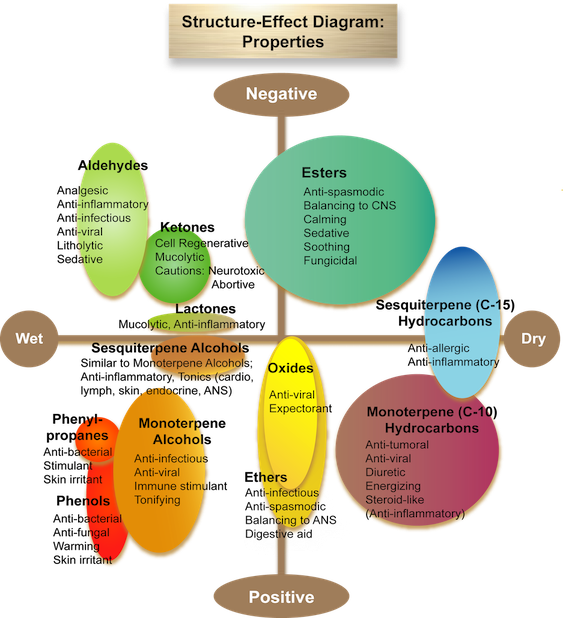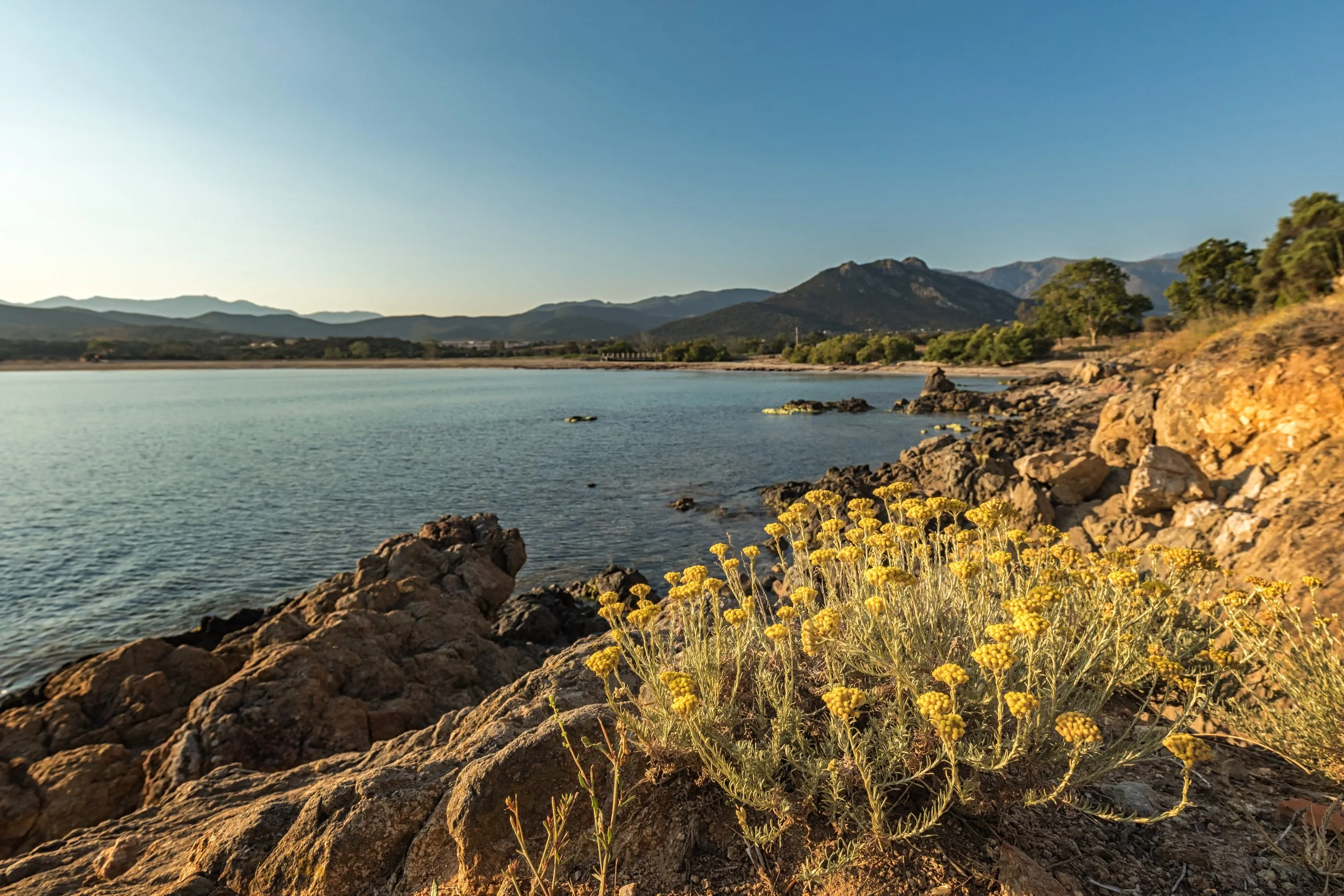Effective Steps for Choosing Therapeutic Essential Oils
As a natrual health practitioner seeking to learn how to incorporate essential oils into a practice, or as a budding aromatherapist learning the art and science of blending essential oils- how do you select an essential oil? In this article I share my process- born from art, science and 20+ years of essential oil innovation- on how to choose an essential oil.
The first step is to be clear on why the essential oil or blend is being used. This is your therapeutic focus. In this article, I lay out my approach and share it with you as a guide for beginning your work in essential oils.
Choosing an Essential Oil
Choosing an essential oil, or oils, should not be such a daunting process. It is often an overwhelming task for the novice, and at times for the more seasoned user of essential oils. It is common that essential oils are chosen through recommendations extracted from a book, online or another user. That seems simple enough. No, nix that, it’s confusing. You often get conflicting, perplexing or limited information from internet sources, books and the company you buy oils from. It can be difficult keeping track of the recommendations and recipes. At times you may not have any of the essential oils that are proposed. Selecting essential oils is a daunting task. Let’s rethink the way essential oils are used and, instead of letting it be frustrating and difficult, give a kick of creative methodology to the selection and use of essential oils.
Setting a Therapeutic Goal
As mentioned at the outset, the first step is to be clear on why the essential oil or blend is being used (your therapeutic focus). Without a purpose, there is no destination. Set your therapeutic GPS. The goal is your guide. It directs your choices. A goal may have sub-goals; a holistic purpose to treat potential causes of a health or emotional condition.
Properties of Essential Oils
The desired properties are derived from your goal and holistic analysis. This is where it’s beneficial to have some knowledge about the essential oils. The more you know, the easier it will be to choose. How’s that for a basic and obvious statement? Most likely you’ve already had to look up essential oils needed for specific properties and simply went to the internet or a book. That works- with considerations and healthy skepticism of the source- keep doing this, but let’s make it more interesting.
Selecting the Chemical Compounds
Essential oil chemistry is a foundation for choosing essential oils. I know, I said more interesting. And yes, the chemistry of essential oils does make the choice journey more interesting. You do need a reference for chemical information and some essential oil chemistry education. Accessing the power of essential oil chemistry is found using the Structure-Effect Diagram. The diagram, based on Functional Group Theory, has recently been blasted by industry experts for being inaccurate. I have been using the diagram and functional theory as a way to learn and use the chemistry for over 20 years. It works as a learning and guidance tool, even though it does have inaccuracies, which I discuss in my courses.
Structure-Effect Diagram: Properties ©Jimm Harrison
The hot irritating essential oils contain compounds from the chemical groups phenols and phenylpropanoids. These include cinnamon bark, thyme (thymol type) and oregano. The chemistry guides us to use caution with these oils - and lets us know these compounds, and the oils that contain them, are the most powerful anti-bacterial and antiviral oils. These oils also “feel” hot when smelling, a focus we’ll discuss next. Essential oils that have a blue color, like German chamomile and tanacetum, have a compound from the sesquiterpene hydrocarbon group, the chemical group that has strong anti-inflammatory properties. Blue oil, a cooling color, soothes inflammation, a red condition.
Chemistry is fun (relatively so) and provides an excellent guide for selecting oils. Chemistry and the structure diagram are worth the educational input and inspire effective therapeutic focus and creative choices for essential oils. The necessary information can be found in my book Aromatherapy: Therapeutic Use of Essential Oils for Skin and Health.
Create a Relationship with the Oils
Experience your essential oils and take notes. Smell the oil, no judging. Ignore that part of your mind that tells you “I like” and “I don’t like.” These are primarily memory and emotion signals that are, mostly, unnecessary. Sniff and feel. What does the oil feel like? Where do you feel it? What color, shape, sound is it? Feel. This is your guide.
If the oil doesn't smell good to you, analyze this. Is it because it feels uncomfortable or triggers odd sensations in the head, belly or eyeballs? This is where your judgement of like or dislike of the scent is relevant. Like or dislike could mean feels good or bad, relating to positive emotion or negative emotion and memory. Pay attention to the feel of the essential oil. If you are choosing the oil for another person, your feelings still offer guidance.
Begin a relationship with your essential oils. Let them speak, sing and whisper to you. Listen to the quality of their voice, tone and expression. The essential oils will touch, surround and resonate within you.
A practitioner versed in the feel of the body and surroundings, such as energetic healing, kinesiology (muscle testing), frequency healers, Chinese practitioners and others, can or will use the feel as a primary selection method.
Feel the oil. Is it cool and sharp? This would be an oil for a hot, flat and/or dull condition. Does the essential oil open the lungs and trigger a deep breath? This could direct your choice of this oil for lung congestion or anxiety with shallow breathing. The oil is felt to be brown or green, resonating with the earth and an oil chosen for someone who needs to get their feet back on the ground. An essential oil may feel powerful or strong, and may be appropriate for a weak condition or someone who needs to gain their own power or strength. No rules here. This method is open to interpretation and your creative influence.
The Scent Profile
The scent may be your guide. Is it floral and soft, or exotic and sensual? Is the fragrance soothing, or does it demand your attention and focus? These are all factors for choosing essential oils. The scent relationship and your translation become your own individualized method for selection in a therapeutic situation. The scent profile may also guide the essential oils when selecting for personality: a female, male, little girl, elderly person, an outdoorsy woman, a high tech male and so on.
Where the Essential Oils Come From
When possible, get to know the plant from which the essential oil is derived. What is its environment like? Does it live in a hot or cold climate? What is the elevation of where the plant grows and is harvested? What animals and insects does the plant interact with? These all provide the essential oil with a therapeutic function as well as a personality.
Helichrysum on the coast of Corsica
The desert plant frankincense needs to harmonize with the heat and UVR from the blazing sun. Frankincense essential oil is known to be protective from sun damage and is anti-inflammatory, reducing heat. The Cedarwood is a strong, sturdy tree. A tree may represent emotional grounding, stabilizing and strengthening.
The Unlimited Potential
The depth of creative, intuitive and artistic essential oil selection is unlimited. It’s also very personal. You own the essential oils. They are yours and what you do with them is correct use, with safety considerations of course. Step outside of what you are told to do with essential oils and feel their therapeutic potential. The more you know, the more creative, artistic and intuitive you can be.



